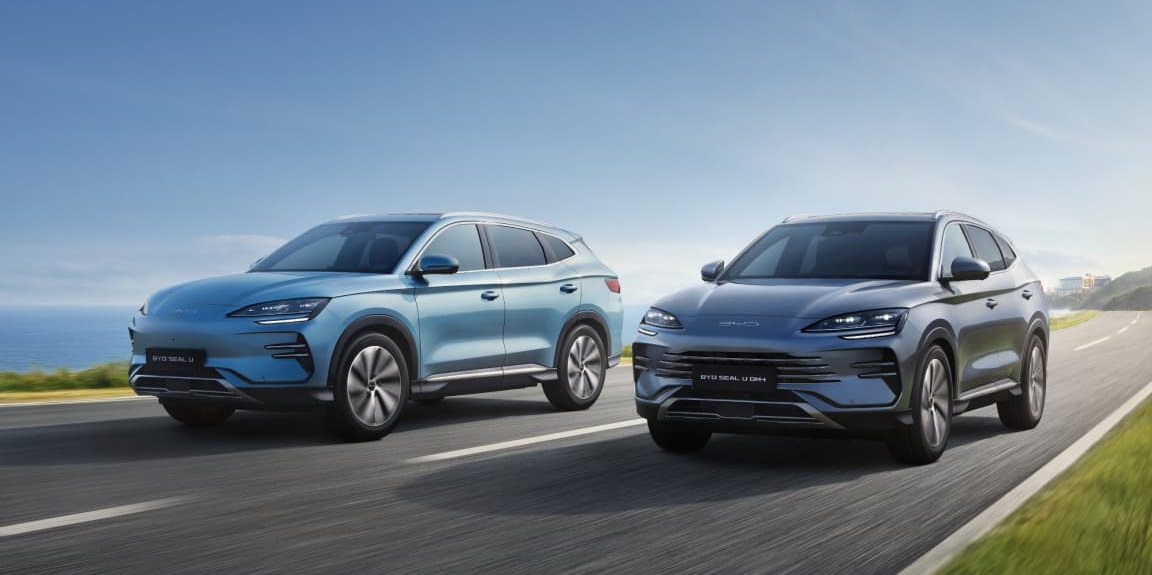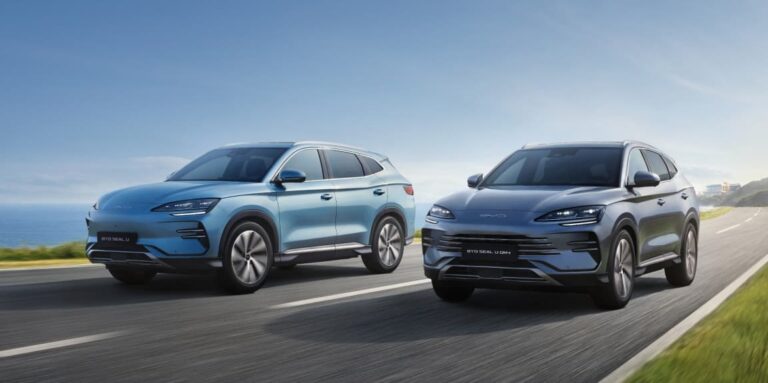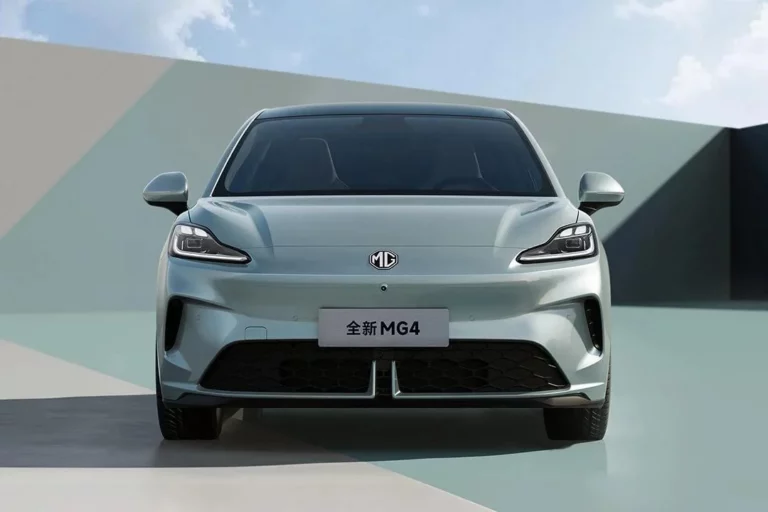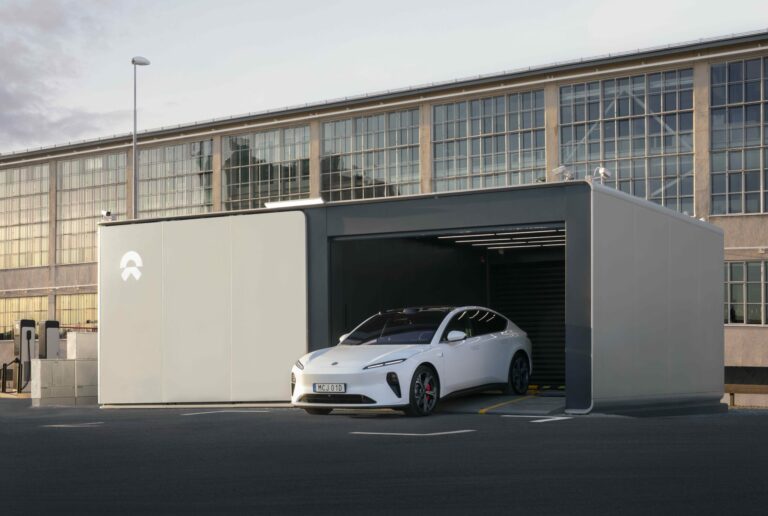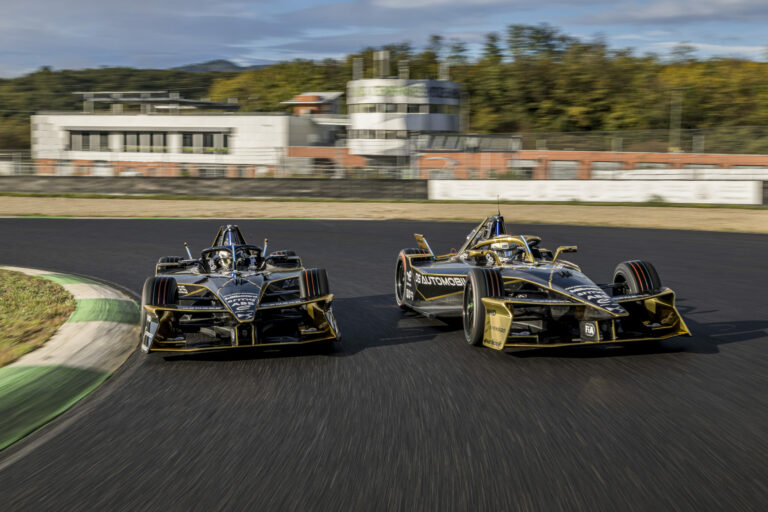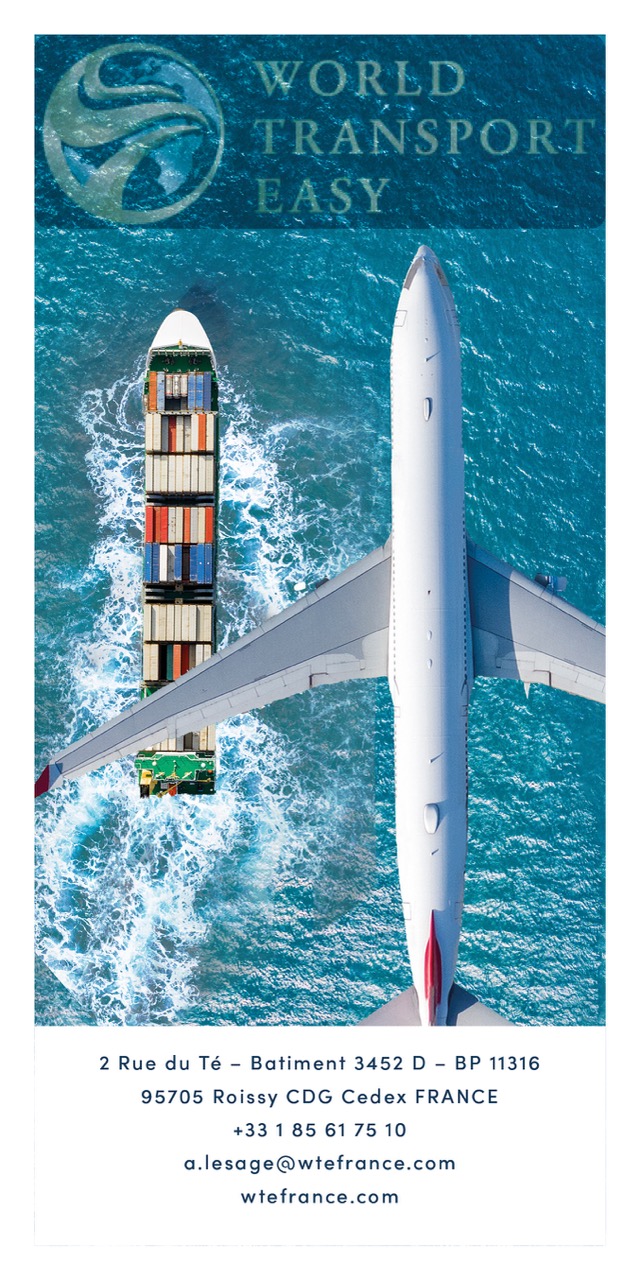On 28 October 2025, Reuters announced that China had made a major strategic decision: new energy vehicles (NEVs) (electric, plug-in hybrids, hydrogen fuel cells) are no longer included among the strategic industries in its five-year plan for the period 2026-2030. This sends out a strong signal in a country that has until now placed NEVs at the heart of its industrial policy.
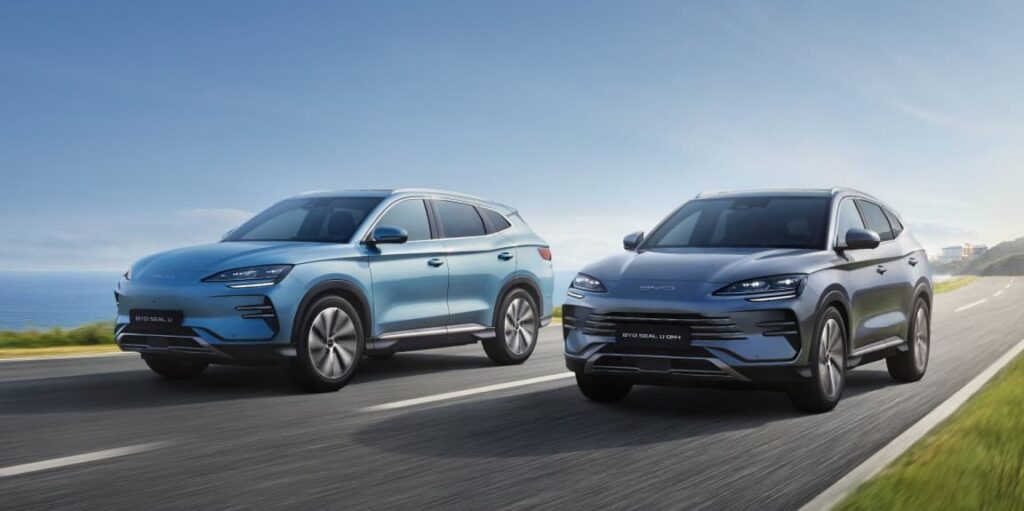
Why was this decision voted through?
For more than a decade, China has given massive support to the electrified vehicle industry, with purchase subsidies, support for research and development, tax exemptions, infrastructure development, etc. A policy choice that has borne fruit, as China has become the world’s largest EV market and is driven by major export ambitions.
So why the decision not to include new energy vehicles as a strategic industry? Firstly, because the Chinese EV industry is in a situation of industrial overcapacity. In other words, the sector has more production capacity than is being sold or demanded. This is because China has many factories and too many competing brands. Reuters refers to this as « grappling with oversupply »: competition has squeezed manufacturers’ margins and made it more difficult to pursue a sales model based solely on volume. Even more telling, according to data from Jato Dynamics, 93 of the 169 manufacturers operating in China have market shares of less than 0.1%.
The Chinese government seems to consider that the NEV sector is now sufficiently ‘mature’ to rely more on market forces than on massive, ongoing state support.
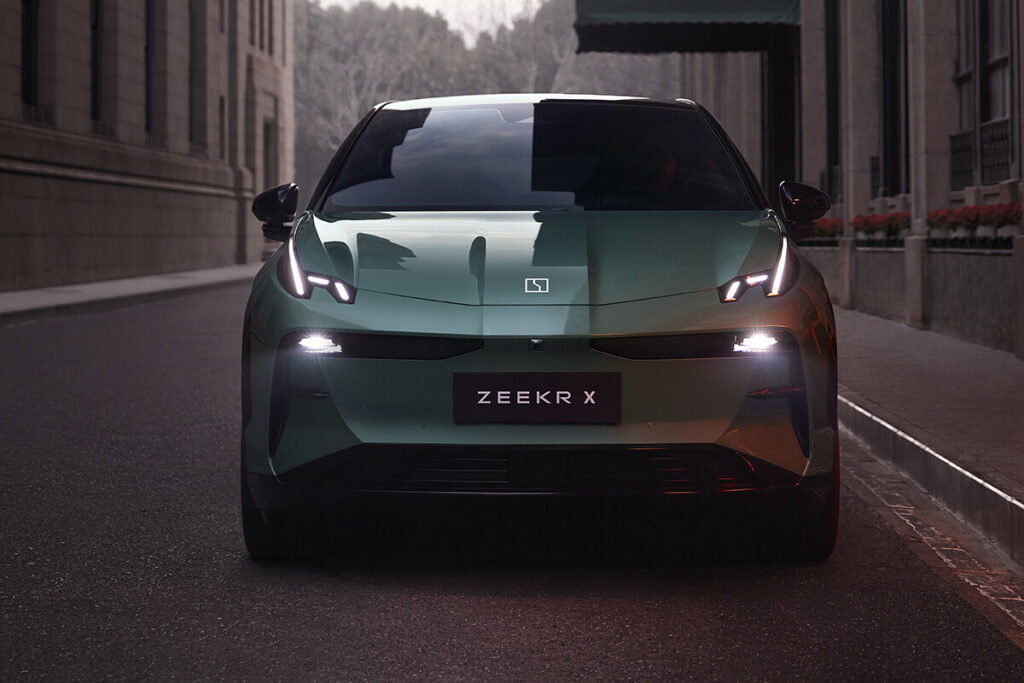
The five-year plan probably prefers to give a boost to other less mainstream but equally strategic sectors, such as quantum technology, bio-manufacturing, hydrogen and nuclear fusion. So the decision not to classify new energy vehicles as a « strategic industry » does not mean total disinterest, but marks a transition towards a model in which the market should be more self-regulating.
What will this mean for the industry?
Obviously, less direct support from the State means that players in the sector have to adapt:
- Smaller manufacturers with little long-term reliability will be forced to merge, to withdraw or to be bought out by more powerful groups, which will be at an advantage.
- Since the domestic market appears to be saturated for the moment, Chinese manufacturers will have to focus more on foreign markets (Europe, Asia, Latin America) to maintain their growth. To do this, they will have to differentiate their products (technology, quality, service) and not just enter the low-price war.
- The sector will have to review its industrial strategy, since the « volume + subsidy » growth model is showing its limits. The choice of quality, innovation and connected services is becoming more obvious.
- As the EV industry brings together a multitude of players to develop, these other ‘related’ sectors will also be involved (suppliers of batteries, modules, software).
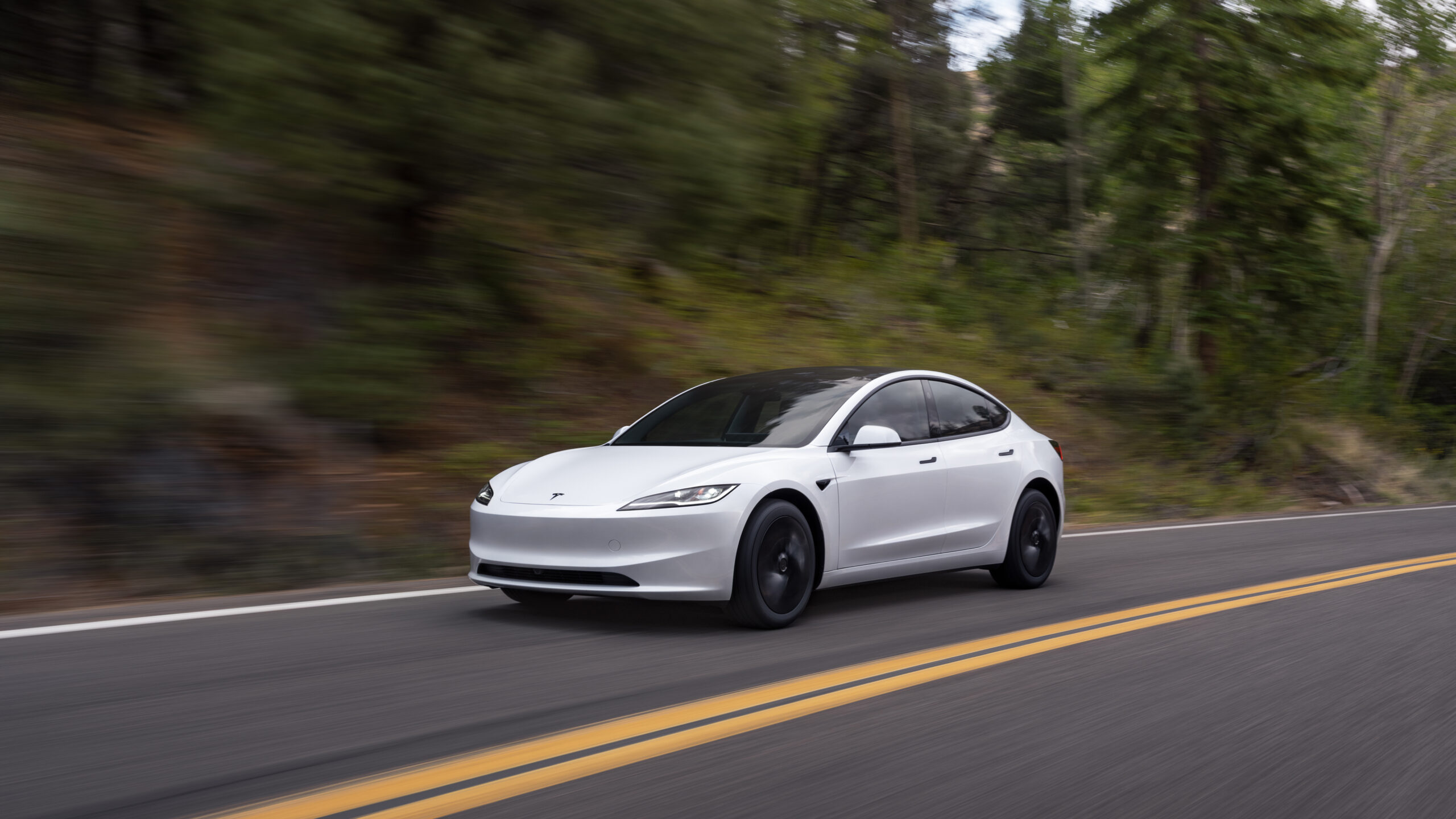
A look back at China’s historic support
Sensing that the EV market would rapidly become a global one, China has contributed financially to the development of its industry. As early as 2009, it was subsidising projects to support the purchase of electric vehicles and plug-in hybrids, as well as demonstrations of these technologies in a number of pilot cities.
Shortly afterwards, the national subsidy programme for NEVs was officially launched: by the end of 2015, the central government had already spent 33.4 billion yuan (around €4.3 billion).
Direct purchase subsidies, tax exemptions, quotas, investment in recharging infrastructure: these are all ways of boosting NEVs.
However, at the end of the 2020s/beginning of 2025, support was gradually reduced or withdrawn: for example, the national purchase subsidy programme officially ended at the end of 2022. China accepts that the sector is maturing and that the State is taking a step backwards.
Conclusion
The fact that China is removing NEVs from its status as a « strategic » industry in the next five-year plan is a symbolic choice for the global electromobility industry. This does not mean the end of EVs in China, but it does mark a turning point: the players must now prove their viability on their own and adapt.

